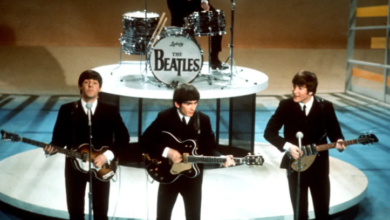The History of the Oud: A Journey Through Time and Sound

The history of oud, often referred to as the “king of instruments” in Middle Eastern music, is a tale of cultural heritage and artistic evolution. This pear-shaped stringed instrument has a rich lineage that spans centuries, shaping and being shaped by the musical traditions of the Arab world and beyond. Its distinctive sound, unique construction, and timeless appeal make it a symbol of creativity and cultural significance, resonating with audiences across generations.
Origins of the Oud
The origins of the oud can be traced back to ancient Persia, where its predecessor, the barbat, first emerged. The term “oud” itself is derived from the Arabic word al-ʿud, meaning “the wood,” emphasizing the importance of its wooden construction. Over time, the oud evolved as it traveled across regions, incorporating influences from various cultures and becoming a cornerstone of Middle Eastern music.
By the Islamic Golden Age, the oud had become a prominent instrument in the courts of the Abbasid Caliphate. It was celebrated by musicians and philosophers alike, including the renowned polymath Al-Farabi, who documented its structure and tuning in his works. The oud’s influence during this period laid the groundwork for its widespread use across the Arab world, North Africa, and even Europe, where it is considered a precursor to the modern guitar.
See also: How Can Smartwatches Improve Your Quality of Life?
The Unique Characteristics of the Oud
The oud stands out for its distinctive design and sound. Unlike the guitar, it has a fretless neck, allowing musicians to produce microtonal melodies that are characteristic of Middle Eastern music. This feature enables performers to achieve seamless transitions between notes, lending the instrument its expressive and soulful quality.
Traditionally, the oud features six courses of strings, although variations exist with five or seven courses. The body is crafted from a combination of woods, including walnut, rosewood, and cedar, each contributing to the instrument’s rich and resonant tones. Its rounded back and large soundboard amplify its warm, deep sound, making it a centerpiece of traditional Arabic, Turkish, and Persian music.
Evolution and Modern Adaptations
As music continues to evolve, so too has the oud. Modern innovations, such as the development of the electric oud, have expanded its capabilities, allowing it to integrate seamlessly into contemporary genres like jazz, fusion, and electronic music. These adaptations highlight the instrument’s versatility and its ability to bridge traditional and modern musical worlds.
The oud’s role has also expanded through collaborations with Western and global musicians, showcasing its unique sound on an international stage. Artists across the world continue to experiment with the oud, introducing it to new audiences and demonstrating its enduring relevance.
Cultural and Musical Significance
The oud is more than just a musical instrument; it is a cultural artifact that tells the story of the civilizations it has touched. Its music conveys the emotions, traditions, and histories of the Middle East, offering listeners a window into the soul of the region. Through its timeless resonance, the oud continues to connect generations and transcend borders, serving as a symbol of unity and artistic expression.
Conclusion
The oud’s journey through time is a testament to its profound cultural and musical significance. From its ancient origins in Persia to its modern adaptations in global music, the oud has maintained its status as a cherished and influential instrument. Its ability to blend tradition with innovation ensures its place in the hearts of musicians and audiences worldwide, making it an enduring symbol of harmony and creativity.



